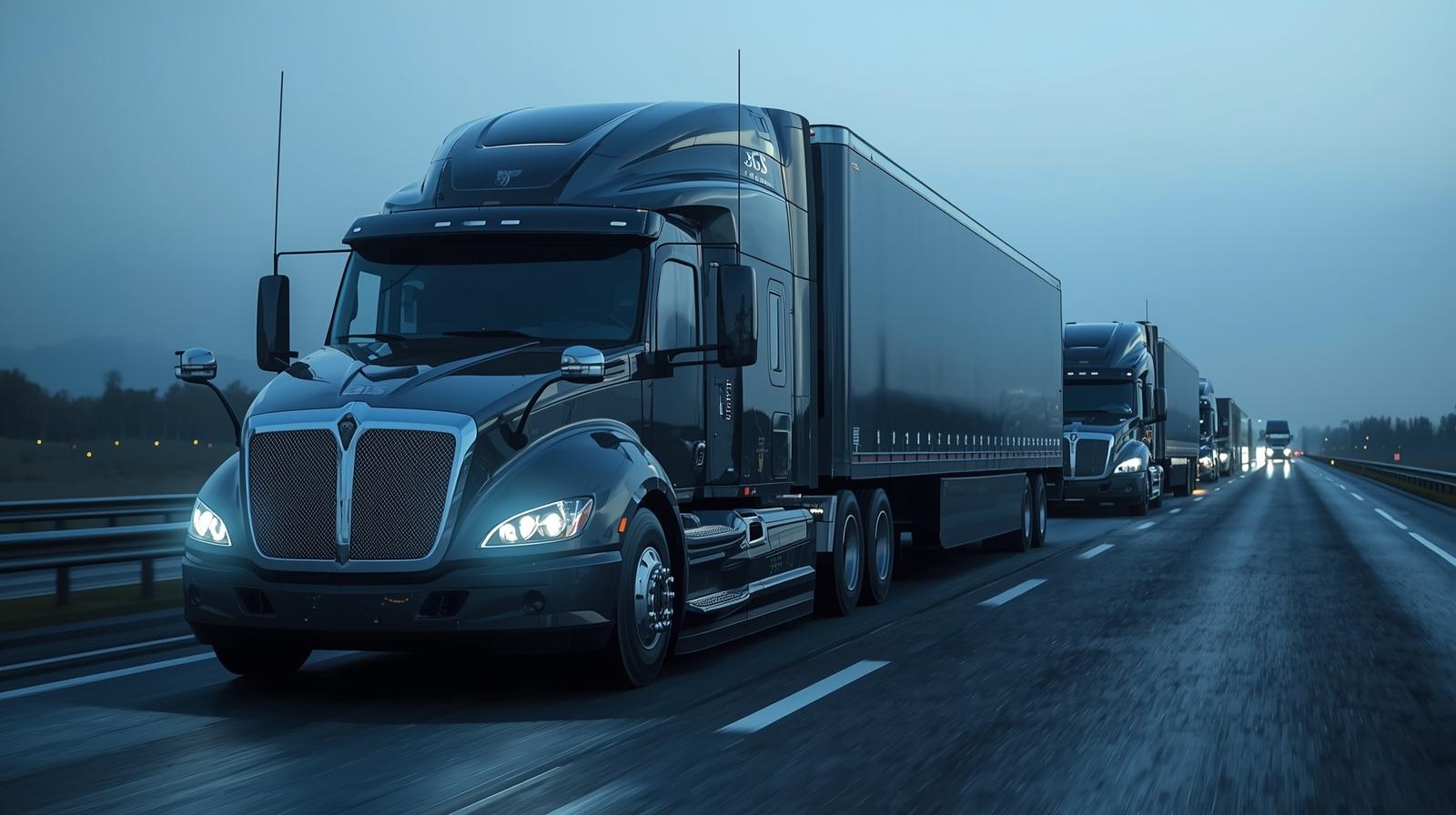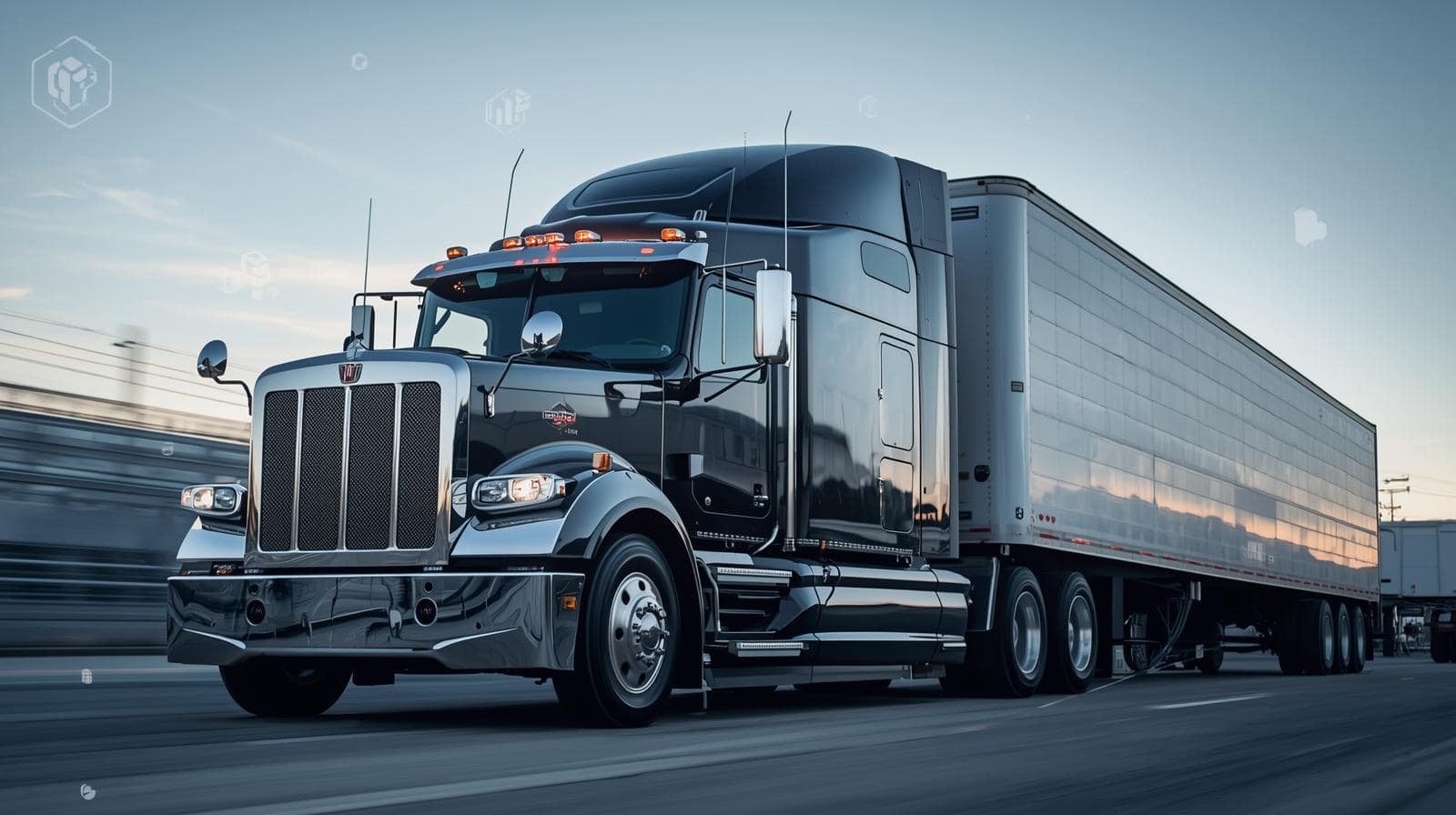Contents
- How AI Dash Cams and ELDs Work Together to Boost ROI
- Intelligent Visibility That Protects and Pays
- Compliance Without the Hassle
- Turning Data Into Profit-Driven Decisions
- Operational Efficiency on Autopilot
- Building a Culture of Accountability and Growth
- A Measurable ROI That Grows Over Time
Integrating AI dash cams with ELD systems transforms fleet management into a data-driven advantage. Learn how real-time visibility, automated compliance, and predictive analytics reduce costs, improve safety, and maximize ROI for logistics companies and trucking fleets.
How AI Dash Cams and ELDs Work Together to Boost ROI
Profit in logistics doesn’t come from chance — it comes from control. Every decision, from routing to maintenance, either adds value or drains it. The smartest fleets today understand that control begins with visibility, and visibility comes from technology that doesn’t just record but interprets.
That’s exactly what happens when AI dash cams and electronic logging devices (ELDs) work in sync. Together, they transform scattered data into a living ecosystem of safety, efficiency, and financial growth.
Intelligent Visibility That Protects and Pays
AI dash cams have evolved from simple recorders to intelligent copilots. They analyze driver behavior in real time, recognizing signs of fatigue, distraction, or risky maneuvers before they escalate. A brief glance at a phone or a sharp brake can trigger instant alerts, helping drivers self-correct and preventing costly accidents.
This technology doesn’t just protect — it pays back. Fewer incidents mean lower insurance premiums, reduced downtime, and fewer legal disputes. Video evidence backed by timestamps gives fleets a defensible position against false claims, saving both money and reputation.
Drivers also benefit — objective footage clears them from blame and creates a sense of fairness. That fairness, paired with recognition for safe driving, raises morale and retention, cutting recruitment and training costs.
Compliance Without the Hassle
ELDs handle one of the most critical aspects of fleet operations: compliance. They automatically track hours of service, mileage, and engine data with absolute accuracy. No more manual logs, missed entries, or avoidable violations.
When integrated with AI dash cams, ELDs go from being record-keepers to risk-preventers. The systems cross-reference behavior and compliance data, identifying patterns like fatigue-related driving or repeated violations. If a driver nears their service limit while dash cam analytics detect lapses in attention, dispatchers can intervene immediately.
This coordination keeps fleets compliant, protects CSA scores, and safeguards the company’s reputation — an intangible yet vital factor when negotiating with clients or insurers.
Turning Data Into Profit-Driven Decisions
A single ELD or dash cam generates data. Together, they generate intelligence. Linked systems paint a 360° picture of operations — vehicle performance, driver habits, and route efficiency merge into actionable insight. Patterns emerge: heavy braking might coincide with high-traffic routes, or idle time might spike during certain shifts. These aren’t random details — they’re opportunities to optimize.
Fleet dashboards powered by AI translate those insights into clear, strategic recommendations. They forecast maintenance needs, identify top-performing drivers, and flag inefficiencies that quietly drain profit.
This shift from reactive management to predictive planning is where ROI accelerates. Instead of waiting for breakdowns, fleets prevent them. Instead of reacting to costly mistakes, they outthink them.
Operational Efficiency on Autopilot
Automation is not just convenience — it’s savings. With ELDs handling logs and AI dash cams capturing analytics, the administrative workload drops dramatically. Reports that once took hours are now generated instantly. Fleet managers gain time to focus on decisions that move the business forward.
Fuel optimization becomes another major benefit. When data exposes excessive idling or inefficient routing, corrective measures reduce consumption by up to 10%. Across a large fleet, that’s a six-figure difference per year. Maintenance also becomes smarter. Combined data helps predict mechanical issues before they become expensive repairs, reducing downtime and extending vehicle lifespan.
Every improvement — fewer breakdowns, optimized fuel, better scheduling — creates compounding gains that show up clearly on the balance sheet.
Building a Culture of Accountability and Growth
Technology can monitor, but only culture can sustain improvement. AI dash cams and ELDs bring objectivity to fleet management. Drivers see feedback based on data, not opinion. Coaching becomes constructive, not punitive. Leaders can reward measurable progress, turning safety into a shared goal rather than an imposed rule.
When employees feel empowered and fairly evaluated, productivity rises naturally. This harmony between human accountability and digital precision turns fleets into agile, reliable teams — ones that deliver not only freight but consistency, safety, and trust.
A Measurable ROI That Grows Over Time
The ROI of integrating AI dash cams and ELDs isn’t just immediate — it compounds. Every avoided accident, reduced idle minute, or maintenance issue caught early adds up. Lower insurance costs, fewer claims, longer vehicle lifespans, and stronger safety scores all feed into a healthier bottom line.
Fleet owners who adopt this connected technology aren’t just keeping up — they’re pulling ahead. They’re building operations that think, adapt, and earn in real time.
It’s not about buying devices — it’s about building intelligence into every mile.










